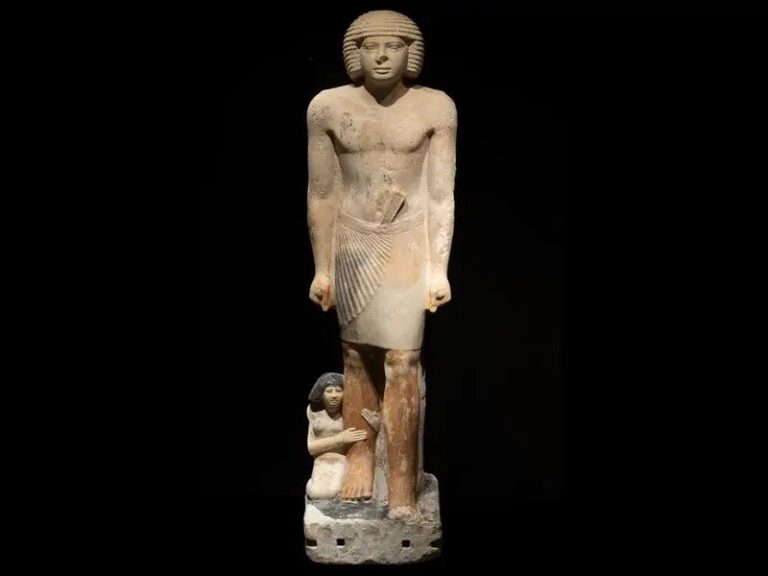10 of the oldest books in the world
Writing has played a fundamental role in the evolution of human civilization over the millennia. From the first clay tablets and parchments to modern books, the means of recording knowledge has undergone significant changes over time.
CONTINUA DEPOIS DA PUBLICIDADEDetermining which is the oldest surviving book is a complex matter, as it depends on the definition of a book and its meaning. In this article, we will explore 10 of the world’s oldest books, each representing a valuable part of humanity’s literary heritage.
MADRID CODEX (ESTIMATED AGE: 494 YEARS)
The Madrid Codex , also identified as the Tro-Cortesianus Codex, constitutes a unique example within the scope of pre-Columbian Mayan culture, whose origin dates back approximately to the period between the years 900 and 1521 AD. Its discovery occurred in Spain during the 1860s , and is currently under guard and preservation at the Museo de América, in Madrid.
CONTINUA DEPOIS DA PUBLICIDADEAs for the precise date of its creation, experts debate, although there are suggestions that point to a possible predate to the arrival of the Spanish, in the 16th century. This manuscript, written in the Yucatecan language, belonging to the Mayan language group, has invaluable relevance in providing information about the Mayan civilization.
GUTENBERG BIBLE (ESTIMATED AGE: 559 YEARS)
The Gutenberg Bible, also known as the 42-line Bible, represents the oldest copy of a book produced using mechanical printing in the world, with its first editions being made in the period between 1454 and 1455 AD.
This feat was accomplished by Johannes Gutenberg, in the city of Mainz, located in Germany. Although China already had precursors when it came to printing literary works, notably the Diamond Sūtra, the aforementioned Bible symbolizes a notable advance in the field of printing technology in the Western context.
To date, there are records of 48 original copies of this work, of which 21 are fully preserved. It should be noted that one of the iconic editions of this work is in the custody of the New York Public Library.
CONTINUA DEPOIS DA PUBLICIDADECELTIC PSALTERS (ESTIMATED AGE: 938 YEARS)
The Scottish answer to the Book of Kells, known as the Celtic Psalter, is a reduced-sized book of Psalms. Its origins date back to the 11th century AD, representing the oldest literary volume still preserved in Scotland.
In 2009, this work was publicly exhibited at the University of Edinburgh, thus enabling appreciation of its significant relevance in both historical and artistic terms by connoisseurs.
DIAMOND SUTRA (ESTIMATED AGE: 1,145 YEARS)
The Diamond Sūtra, a work considered sacred in Buddhism, boasts the distinction of being the oldest printed book with recognized dating in the world. Its discovery occurred in China, inside a hermetically sealed cave.
CONTINUA DEPOIS DA PUBLICIDADEThis parchment is made up of Chinese characters printed on gray paper and its origin dates back to May 868 AD. What makes this manuscript particularly unique is the presence of an inscription at the end, which details the process of creating the work by Wong. Jei, following the instructions received from his parents.
SIDDUR, JEWISH PRAYER BOOK (ESTIMATED AGE: 1,173 YEARS)
In 2013, a discovery of notable relevance came to light, which consists of a “siddur”, that is, a prayer book of Jewish tradition, dating back to approximately 840 AD.
This parchment, still maintaining its original binding, features Babylonian vowels, which reflect the language of the geonim, prominent Jewish religious leaders of the Middle Ages. This remarkable discovery provides a unique perspective on the religious practices that were observed in that historical period.
Housed in the Library of Trinity College in Dublin, Ireland, is the Book of Kells, a masterpiece conceived by Celtic monks around the year 800 AD. This illuminated manuscript of the Gospel, written in Latin, comprises the entirety of the four Gospels of the New Testament.
Its intricate designs and vivid illustrations make it a notable marvel in the context of medieval art.
GOSPEL OF ST CUTHBERT (ESTIMATED AGE: 1,315 YEARS)
The Gospel of Saint Cuthbert, recognized as the oldest intact book in Europe, joined the British Library collection in 2012, through an investment of £9 million, as part of a fundraising campaign.
This manuscript was originally deposited with the remains of Saint Cuthbert, a prominent figure in the early days of British Christianity, around 698 AD. His remarkable historical trajectory, marked by his survival of events such as the Viking raids and, later, his rediscovery in 1104 AD, greatly highlights its historical significance.
CONTINUA DEPOIS DA PUBLICIDADENAG HAMMADI LIBRARY (ESTIMATED AGE: 1,693 YEARS)
The Nag Hammadi Library, notable for being one of the oldest collections of bound codices preserved to this day, is made up of 13 codices made of papyrus and bound in leather, which were discovered in 1945 in the region of Upper Egypt.
These codices house texts of a Gnostic nature and date back to the first half of the 4th century AD. Currently, they are in the custody of the Coptic Museum, located in Cairo, and play a fundamental role in illuminating Christian thought in its most primordial forms.
CONTINUA DEPOIS DA PUBLICIDADEIn 1964, three gold plates emerged from an archaeological site in the ancient city of Pyrgi, located in Italy. These relics date back to a period dating back to around 500 BC. Remarkably inscribed in Etruscan and Phoenician, these plaques bear a dedication formulated by King Thefarie Velianas to the Phoenician deity Astarte.
The current exhibition of these artifacts at the National Etruscan Museum, located in Rome, offers a window of appreciation into the heart of Etruscan civilization, allowing an immersion in its ancient traditions and religious practices.
CONTINUA DEPOIS DA PUBLICIDADEETRUSCUS GOLDEN BOOK (ESTIMATED AGE: 2,673 YEARS)
The Etruscan Golden Book, whose origins date back to approximately 660 BC, holds the title of being the oldest multi-page book in the world. This remarkable artifact is made up of six leaves made of 23.82 carat gold, interconnected by means of rings.
Its composition includes representations of Etruscan characters, as well as images of a horse, a knight, a siren, a lyre and soldiers. As an act of generosity on the part of an anonymous donor, the book was kindly donated to the Bulgarian National History Museum, located in Sofia, where it is on display, constituting a valuable testimony to ancient Etruscan art.
CONTINUA DEPOIS DA PUBLICIDADEThese ten historical manuscripts that have endured over time provide significant insights into the exuberant landscape of humanity’s history, culture, and body of knowledge.
From the ancient Mayan civilization to the inaugural period of the spread of printing technology in Europe, and from religious texts to illuminated manuscripts, such literary works transcend temporal boundaries, establishing a deep connection with our ancestors and the knowledge they possessed. These are not limited to being mere records of the past, but, rather, they are treasures that continue to exercise a power of inspiration and education over future generations.
Via: Verdade Ufo
CONTINUA DEPOIS DA PUBLICIDADE
// Paste here your scripts that use cookies requiring consent. See examples below
// Google Analytics, you need to change 'UA-00000000-1' to your ID (function(i,s,o,g,r,a,m){i['GoogleAnalyticsObject']=r;i[r]=i[r]||function(){ (i[r].q=i[r].q||[]).push(arguments)},i[r].l=1*new Date();a=s.createElement(o), m=s.getElementsByTagName(o)[0];a.async=1;a.src=g;m.parentNode.insertBefore(a,m) })(window,document,'script','//www.google-analytics.com/analytics.js','ga'); ga('create', 'UA-00000000-1', 'auto'); ga('send', 'pageview');
// Facebook Pixel Code, you need to change '000000000000000' to your PixelID !function(f,b,e,v,n,t,s) {if(f.fbq)return;n=f.fbq=function(){n.callMethod? n.callMethod.apply(n,arguments):n.queue.push(arguments)}; if(!f._fbq)f._fbq=n;n.push=n;n.loaded=!0;n.version='2.0'; n.queue=[];t=b.createElement(e);t.async=!0; t.src=v;s=b.getElementsByTagName(e)[0]; s.parentNode.insertBefore(t,s)}(window, document,'script', 'https://connect.facebook.net/en_US/fbevents.js'); fbq('init', '000000000000000'); fbq('track', 'PageView');
CONTINUA DEPOIS DA PUBLICIDADE}
Quer continuar acompanhando conteúdos como este? Junte-se a nós no Facebook e participe da nossa comunidade!
Seguir no Facebook
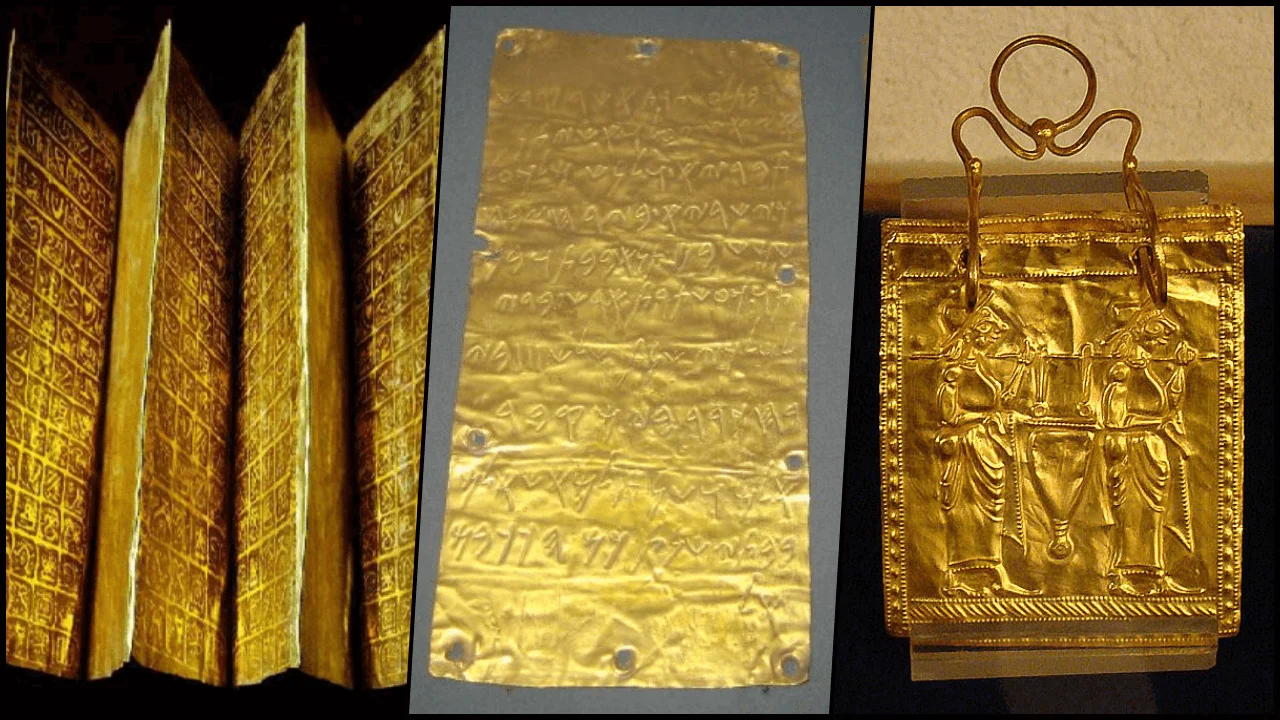

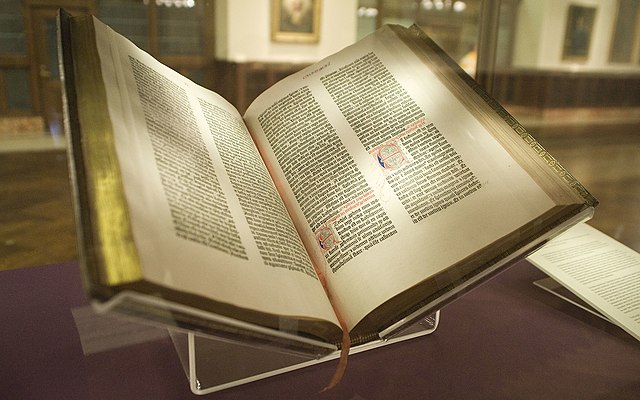
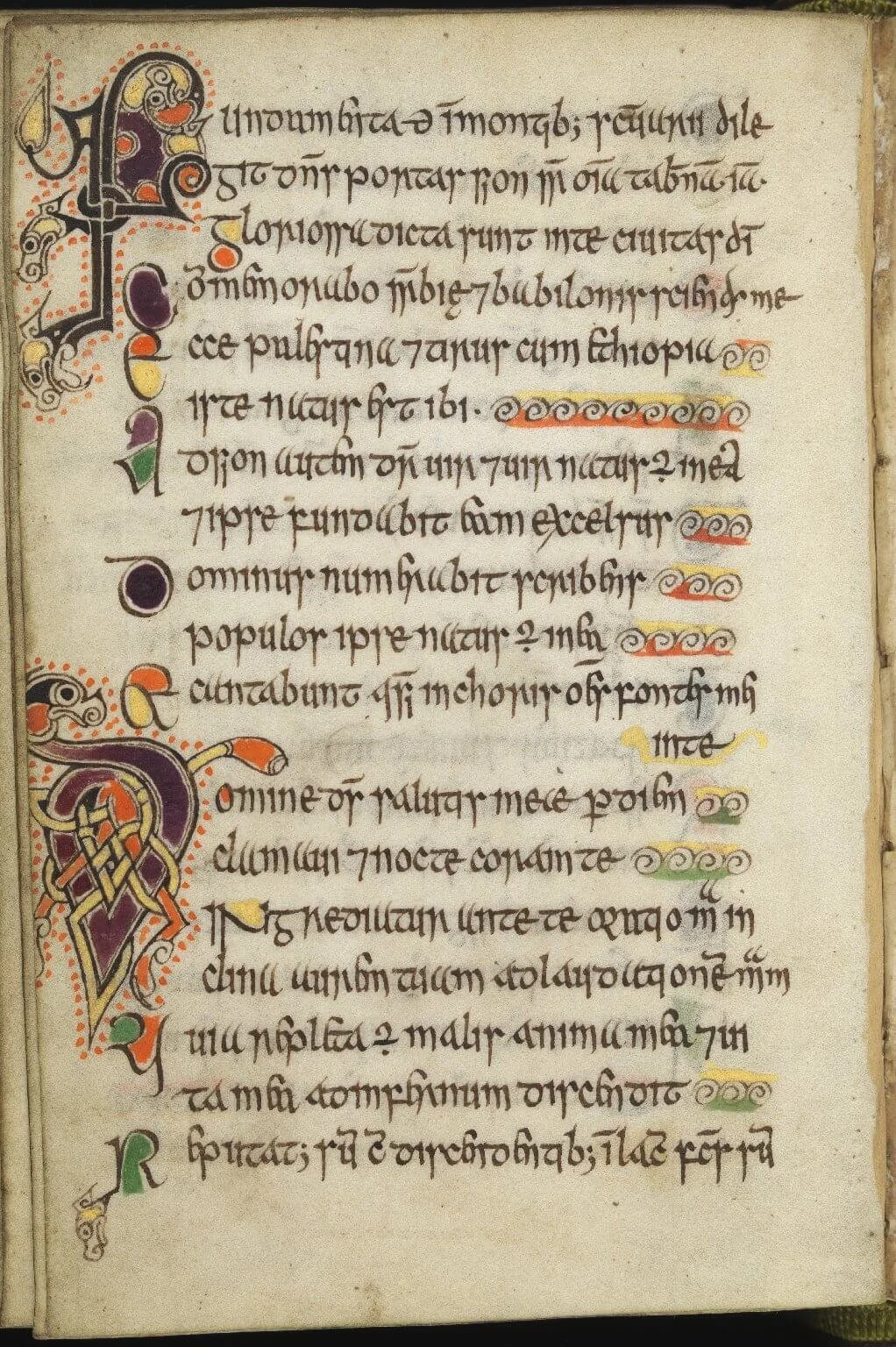.jpg?format=1500w)

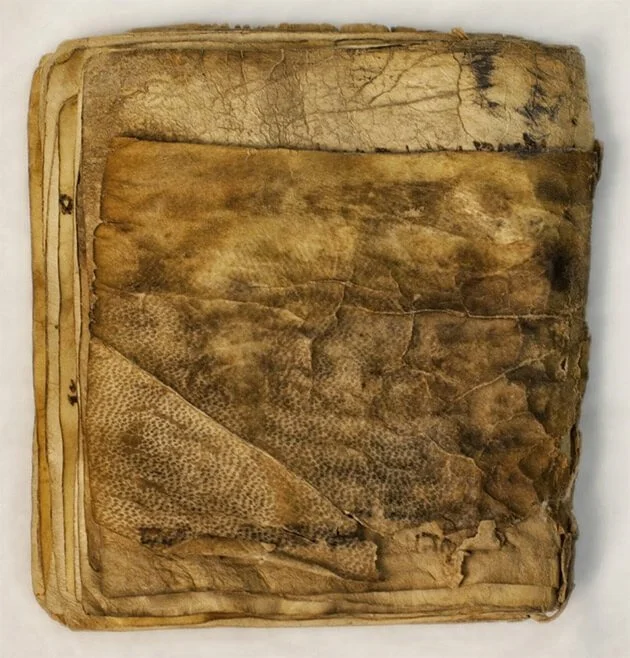.jpg?format=1500w)
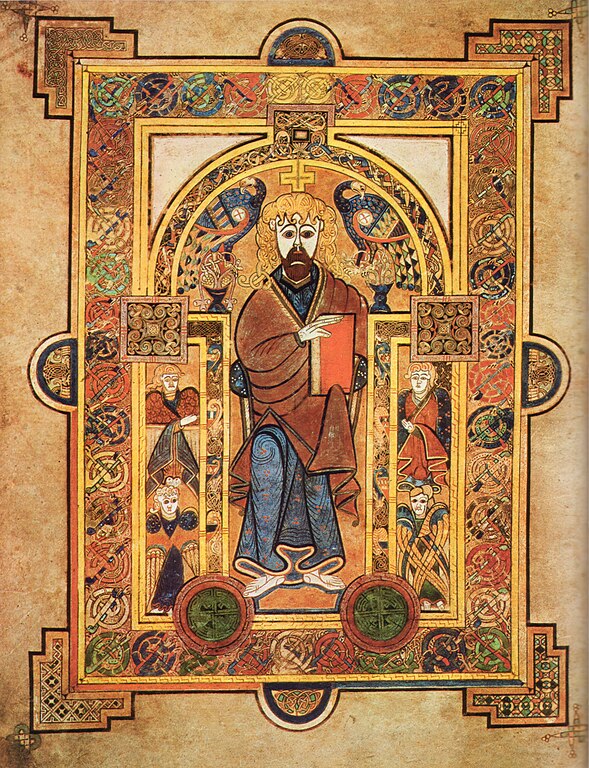
_is_the_oldest_intact_European_book._-_Upper_cover_(Add_Ms_89000)_(cropped).jpg/358px-The_St_Cuthbert_Gospel_of_St_John._(formerly_known_as_the_Stonyhurst_Gospel)_is_the_oldest_intact_European_book._-_Upper_cover_(Add_Ms_89000)_(cropped).jpg)
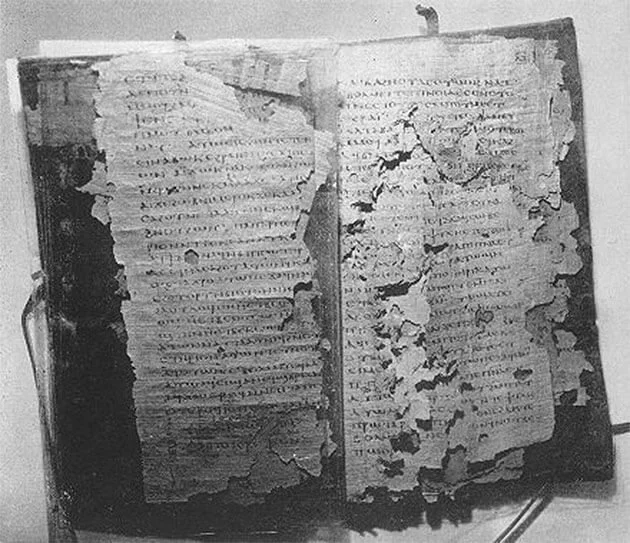.jpg?format=1500w)
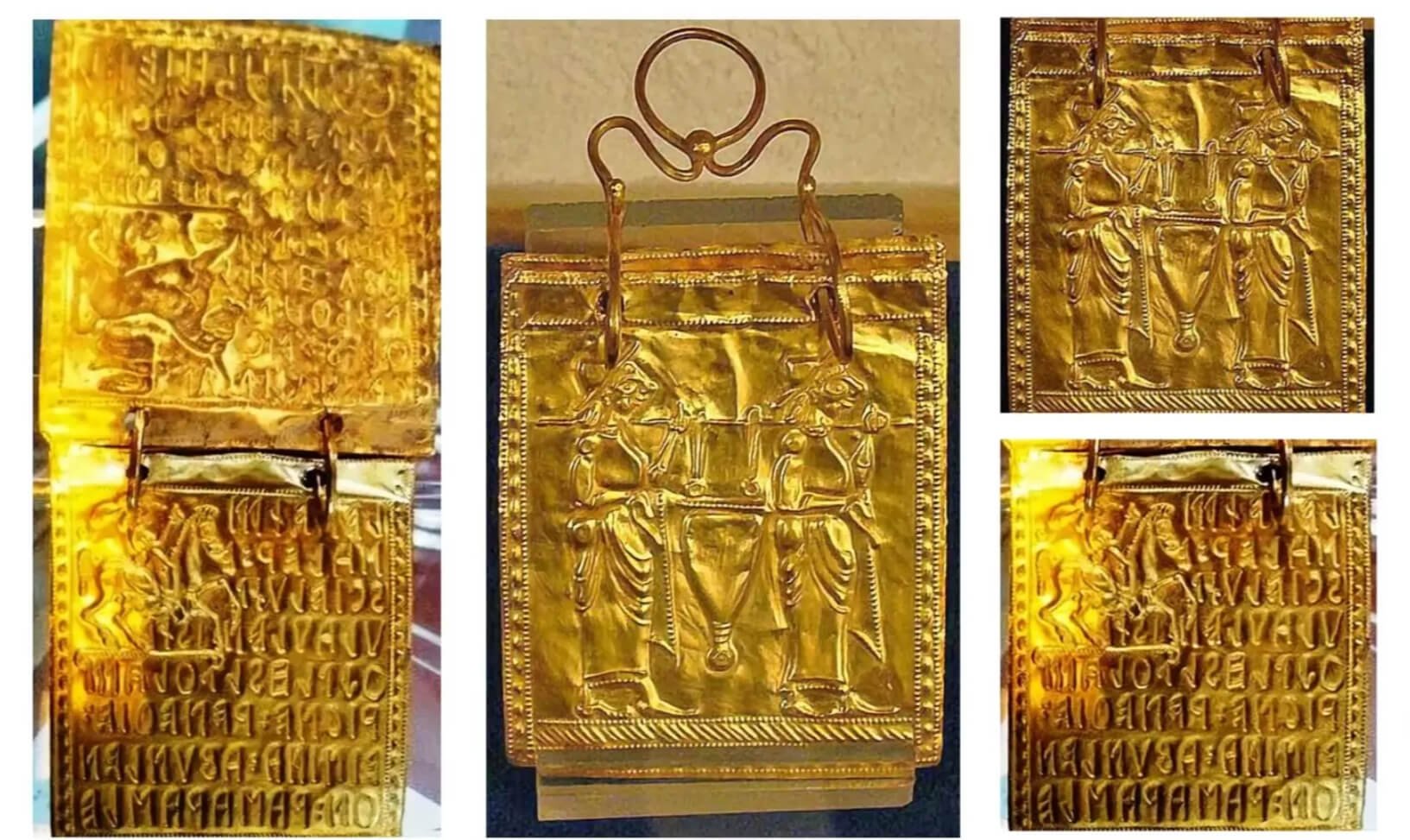.jpg?format=1500w)




